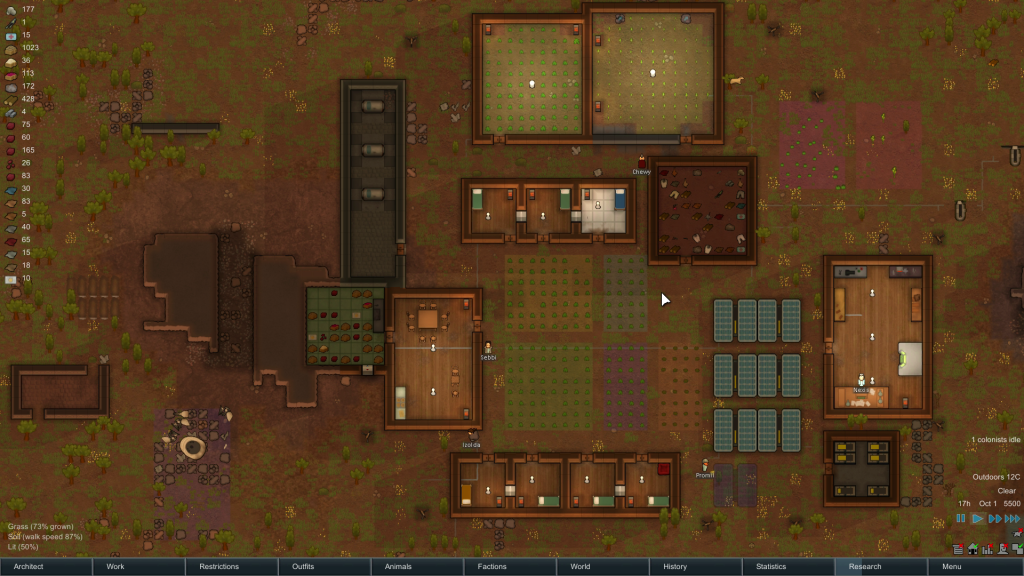Persistent Story Elements
During my ongoing literature review I often discover interesting facts about things I’ve never thought about. Sometimes I can connect these facts with my own observations: The result is mostly a completely new idea why things are as they are. Maybe these ideas are new to you, too. Therefore I’ll share my new science based knowledge with you!
This week: This time, I think about the importance of persistent story elements that mark important and special events a player experienced during a game’s gameplay and hence remind the player of this moment.
Sentimental aspect often play an important role when we value arbitrary things. A piece of equipment, such as a backpack, despite being pretty beat up, can be of a very high value because it reminds us of specific adventures and experiences we made. Every scratch can tell a different story and be a mark of a special event. Naturally, since we automatically engrave important and unique moments in our memory, we would also remember a specific experience without a trinket. However, as this item was a part of the story, we have also developed a certain connection to it and use it as a token that always reminds us of a great moment.
The same principle applies to virtual items and characters we use and control in a computer game. It can be a sword in a role-playing game that helped a player to overcome a difficult challenge or a virtual character in a turn-based strategy game that survived a very dangerous situation. In the end, we connect great memories with these virtual elements which subsequently become of great value for us and even receive an important meaning.

A RimWorld colony.
Unfortunately, most game mechanics do not receive scratches, scars or other marks that are persistent. Of course, cars can start to accumulate some virtual scratches during a race, but as soon as the race is over and the game is left, all scratches are lost. As a result, these virtual elements, despite being part of a potential epic story, seem to be neutral as they do not continue to show signs of usage.
Despite this lack of persistency, we still continue to develop a certain attachment to those particular elements of a computer game but these attachments are not as close as they could be when a specific moment leaves some marks behind. However, when a game is designed to store those story elements, then we automatically start to grow a very deep attachment to things that played an importan role during our gameplay.
One of the best examples for a game that utilizes persistency very well is the colony simulation RimWorld. Colonists not only have to survive very dangerous situations, but they also change over time as they get older or, in the case of a severe injury, can receive persistent scars that all the time remind us why this character is so important to us.
In the end, it would be very exciting when developers continue to add persistency to the game that helps to tell a story. Of course, it adds another element that has to be balanced, but it also greatly affects a game’s effect on us.